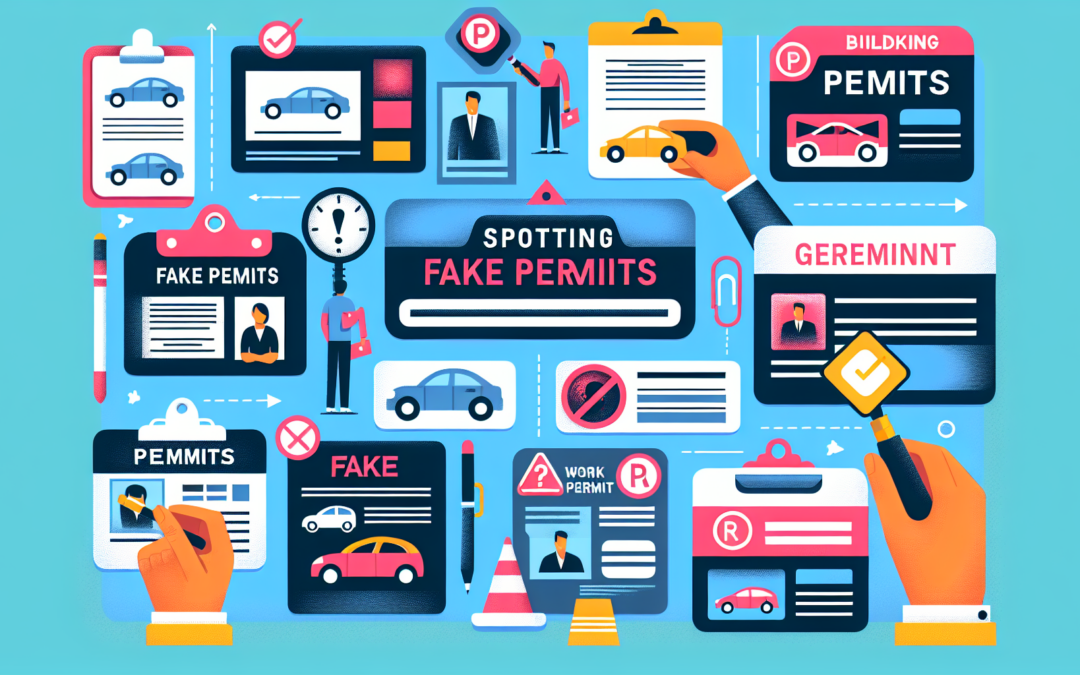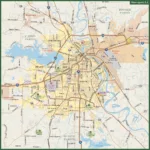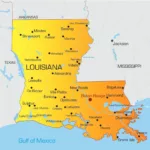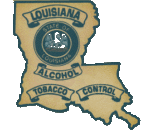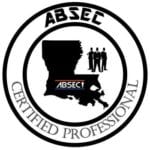Beware of Fake Permits: How to Spot Them
With an increasing reliance on permits for various purposes like parking, construction, and event planning, the issue of counterfeit permits has also risen. Fake permits can not only lead to legal repercussions for those who unwittingly use them but also contribute to safety hazards. Recognizing the characteristics of counterfeit permits is essential for individuals and businesses alike to avoid falling victim to such scams. Here are some key indicators to help you spot fake permits.
Differences in Paper Quality and Printing
One of the first red flags of a fake permit is the quality of the paper and printing. Official permits are usually printed on high-quality paper that is durable and may have a specific texture or watermark. Counterfeit permits, on the other hand, might be printed on flimsier paper or have a glossy finish that is not consistent with genuine permits. Additionally, the printing quality of a fake permit might be subpar, with blurred text or logos, incorrect colors, and misaligned elements.
Incorrect or Outdated Logos and Seals
Government and organizational logos evolve over time, and legitimate permits will always use the most current version of these logos. Counterfeit permits may feature outdated logos or incorrect seals, a telltale sign of their illegitimacy. It’s wise to compare the logo and seal on the permit with those displayed on official websites or materials to ensure their accuracy.
Misinformation and Typos
Another giveaway of a fake permit is the presence of misinformation or typos. Authentic permits are rigorously checked for accuracy, so errors in spelling, grammar, or basic information (like dates and names) are unusual. Pay close attention to the details on the permit and cross-check them for authenticity. Any anomalies could indicate a counterfeit.
Lack of Official Authorization Codes or Numbers
Legitimate permits usually feature unique identification numbers or authorization codes that can be verified through official channels. If a permit lacks these codes or if the codes do not correspond to any official records when verified, it’s an indication that the permit may be fake. Always take the time to verify these details before proceeding with any actions that require a valid permit.
How to Proceed If You Suspect a Fake Permit
If you come across a permit that you suspect to be counterfeit, it’s crucial to take the appropriate steps to protect yourself and others. Do not use the permit or engage in any activities that it would authorize. Instead, report your suspicions to the relevant authorities so they can take the necessary actions. They will be able to confirm the legitimacy of the permit and address the issue accordingly. Additionally, spreading awareness about the characteristics of fake permits can help others avoid being deceived.
In the digital age, the sophistication of counterfeit permits can make them difficult to identify. However, by being vigilant and knowing what to look for, you can protect yourself from the repercussions of using a fake permit. Always ensure that any permit you obtain comes directly from the official issuing authority and verify its authenticity if any doubts arise.
